Asking questions about your medications shouldn’t require waiting on hold, leaving voicemails, or risking a privacy breach by texting your doctor on WhatsApp. Secure messaging through your healthcare provider’s patient portal is now the safest, most reliable way to get answers about your prescriptions - if you know how to use it right.
Why Secure Messaging Is the Best Way to Ask About Medications
Most people still call their doctor’s office for medication questions. But phone calls mean long waits, missed connections, and no record of what was said. Secure messaging fixes that. It’s encrypted, HIPAA-compliant, and leaves a clear paper trail. In fact, hospitals using secure messaging have seen a 37% drop in medication errors because every question and answer is documented. Unlike regular text messages or email, secure messaging platforms like Epic’s MyChart, Cerner, or My HealtheVet are built into your electronic health record. That means your provider sees your full medication list, allergies, and lab results when they reply. No guessing. No confusion. Just accurate answers. And it’s not just safer - it’s more efficient. The Veterans Health Administration processes over 4.7 million medication-related secure messages every month. Patients report higher satisfaction because they don’t have to play phone tag. Clinicians save time because messages are structured, clear, and easy to respond to.What Counts as a Secure Medication Question?
Not every medication question belongs in secure messaging. Use it for non-urgent issues only. Here’s what’s okay:- Clarifying dosage: “Is 50 mg twice a day correct for metoprolol?”
- Reporting mild side effects: “I’ve had nausea since starting this pill last week.”
- Requesting refills: “Can I get another 30-day supply of lisinopril?”
- Asking about interactions: “Can I take this new supplement with my blood pressure med?”
- Confirming instructions: “Should I take this with food or on an empty stomach?”
What NOT to send:
- “I can’t breathe” or “My face is swelling” - call 911 or go to the ER.
- “I ran out and need a refill right now” - this isn’t an emergency line.
- Photos of pills you found online asking “Is this real?” - bring the actual bottle to your next visit.
How to Set Up Secure Messaging for Medication Questions
Before you can ask about your meds, you need to get set up. Here’s how:- Log into your provider’s patient portal. This could be MyChart, Epic, Cerner, or another system. If you don’t have an account, call your clinic’s front desk. They’ll send you a registration code.
- Add your current medications. Go to the “Health Records” or “Medications & Allergies” section. Type in every pill, patch, or injection you take - including over-the-counter drugs and supplements. Don’t skip anything. This step cuts medication errors by 37%.
- Enable secure messaging. Some systems require you to turn it on. Look for “Messages” or “Secure Messaging” in the menu. Make sure notifications are turned on for your phone or app.
- Verify your identity. You’ll likely need multi-factor authentication - a code sent to your phone or email. This is required by HIPAA to protect your data.
How to Write a Medication Question That Gets a Fast, Accurate Answer
Most people send vague messages like: “Can you help me with my pill?” That’s not helpful. Here’s the formula that works:- Medication name: Use both brand and generic if you know them. Example: “Lisinopril (Zestril)”
- Dosage: “10 mg”
- Frequency: “Once daily”
- Specific question: “I’m supposed to take this in the morning, but I keep forgetting. Can I switch to nighttime?”
- Context: “I started this two weeks ago and have had dizziness since day three.”
What Happens After You Send the Message?
You won’t get an instant reply. That’s normal. Secure messaging is designed for non-urgent issues, so expect a response within 24 to 72 hours. Some systems auto-reply with: “Your message has been received. A clinician will respond within 2 business days.” Don’t panic if you don’t hear back right away. Your message goes to a pharmacy team or nurse, not necessarily your doctor. If it’s a refill request, it might be processed automatically - especially if you’re on a maintenance medication like blood pressure or cholesterol drugs. Some platforms, like Updox, can even send refill requests directly to your pharmacy without clinician approval for 68% of routine meds. That means you could get your prescription filled faster. If you need an answer sooner, call the office. But don’t assume your message was ignored. It’s likely still in the queue.Platforms Compared: MyChart, Cerner, Updox, and Others
Not all secure messaging systems are the same. Here’s how the big ones stack up:| Platform | Market Share (U.S. Hospitals) | Medication Renewal Feature | Pharmacy Integration | Response Time Avg. | Best For |
|---|---|---|---|---|---|
| Epic MyChart | 55% | One-click renewal button | Yes, with major chains | 48 hours | Large health systems |
| Cerner HealtheIntent | 18% | Manual review required | Partial | 60 hours | Integrated EHR users |
| Updox | 12% | Auto-processes 68% of refills | Direct to pharmacy | 24 hours | Fast refills |
| TigerConnect | 8% | Manual | No | 72 hours | Complex regimens |
| My HealtheVet | 92% adoption among VA patients | Yes, with priority routing | Yes | 36 hours | Veterans |
Common Mistakes and How to Avoid Them
Even with the best system, people mess up. Here are the top errors - and how to dodge them:- Using personal email or WhatsApp - This is a HIPAA violation. Your provider can be fined millions. Never send medication info outside the portal.
- Forgetting to add your meds to the record - If your provider doesn’t see your full list, they can’t give safe advice.
- Asking urgent questions - If you’re having chest pain or trouble breathing, don’t wait. Call 911.
- Not checking the portal for replies - Many systems don’t email you. You have to log in to see responses.
- Not including the phrase “NON-URGENT” - Without it, your message might get buried or misrouted.
What’s Next? The Future of Secure Medication Communication
By 2026, AI will auto-fill your medication history when you start a new message. You’ll just say: “I think this new pill is making me tired.” The system will pull your current meds, check for interactions, and suggest a response - all before a human even sees it. New rules from the Office of the National Coordinator for Health Information Technology (ONC) require all certified systems to use structured templates for medication questions by December 2025. That means you’ll get fill-in-the-blank forms inside your portal - making it even easier to ask the right question. The goal? Less phone calls. Fewer errors. Faster refills. And you, the patient, in control - without risking your privacy.Can I use secure messaging to request a prescription refill?
Yes, secure messaging is one of the best ways to request refills - especially for maintenance medications like blood pressure, cholesterol, or diabetes drugs. Many systems, like Updox, auto-process 68% of these requests without needing a doctor to review them. Just make sure your medications are listed in your health record and include the exact name and dosage. Avoid sending refill requests for new or high-risk meds - those usually require a provider’s approval.
How long does it take to get a reply to a medication question?
Most secure messaging systems respond within 24 to 72 hours. This is slower than a phone call, but it’s intentional - it’s meant for non-urgent issues. If you need an answer faster, call your clinic. Some platforms, like Updox, can respond in under 24 hours for routine refills. Always check your portal for replies - many systems don’t send email notifications to protect your privacy.
Is secure messaging really safer than calling my doctor’s office?
Yes, because every message is encrypted, stored securely, and tied to your official health record. Phone calls can be overheard, voicemails can be accessed by others, and staff might misremember details. Secure messaging creates a legal, auditable trail. In 2023, the Office for Civil Rights fined a health system $3.2 million for using WhatsApp to coordinate medications - proving how serious HIPAA compliance is. Secure messaging is the only compliant method.
What should I do if my secure message gets ignored?
First, check if you logged into the portal to see the reply - many systems don’t send email alerts. If you still haven’t heard back after 72 hours, call the office. Mention your message was sent on [date] and ask if it was received. If you’re asking about a critical issue like a dangerous side effect, don’t wait - call your doctor or go to urgent care. Secure messaging isn’t for emergencies.
Can I send photos of my pill bottles through secure messaging?
Yes, and you should. Many platforms allow you to attach photos of your medication labels, especially if you’re reporting side effects or asking about a new pill. Include the name, dosage, and lot number visible on the bottle. This helps your provider verify what you’re taking and spot potential issues. About 85% of secure messaging systems support photo uploads as of 2024.
Next Steps: Start Using Secure Messaging Today
If you haven’t used secure messaging for medication questions yet, here’s your action plan:- Log into your provider’s patient portal. If you don’t have one, call your clinic and ask how to sign up.
- Add every medication you take - including vitamins and OTC drugs - to your health record.
- Send your first message using the formula: medication name, dosage, frequency, question, context.
- Use “MEDICATION QUESTION - NON-URGENT” in the subject line.
- Check the portal daily for replies - don’t wait for an email.

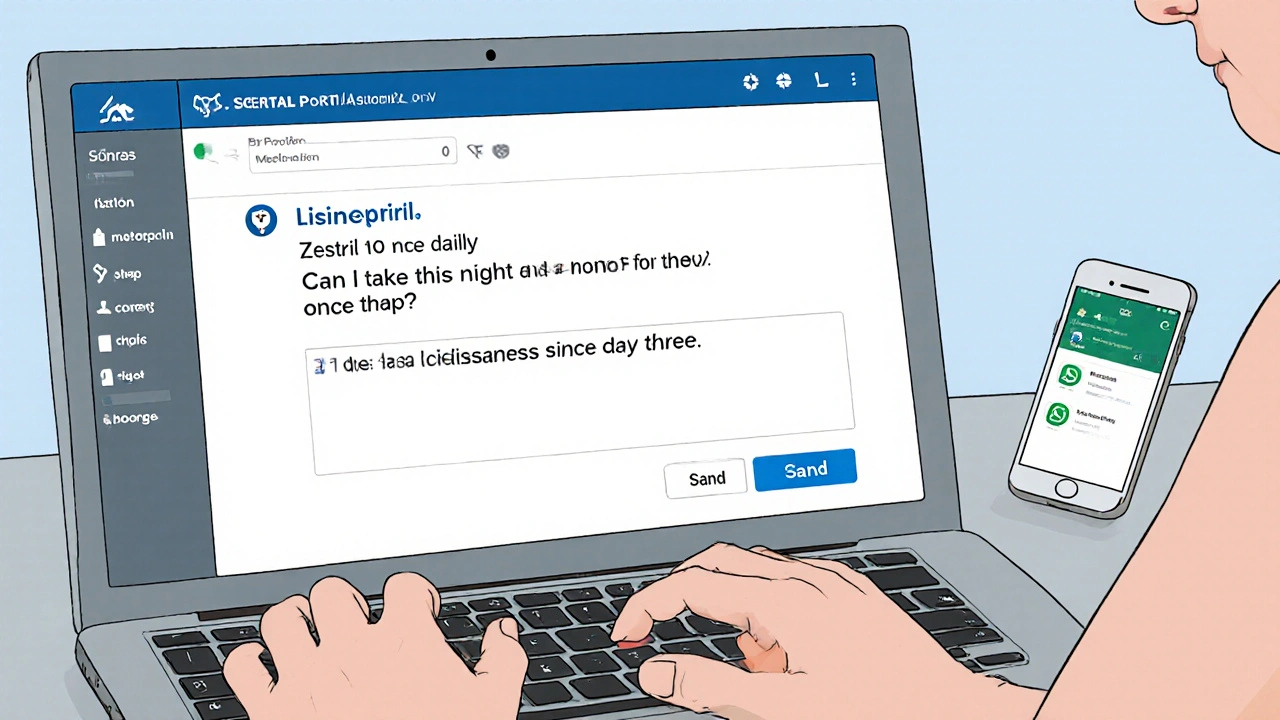
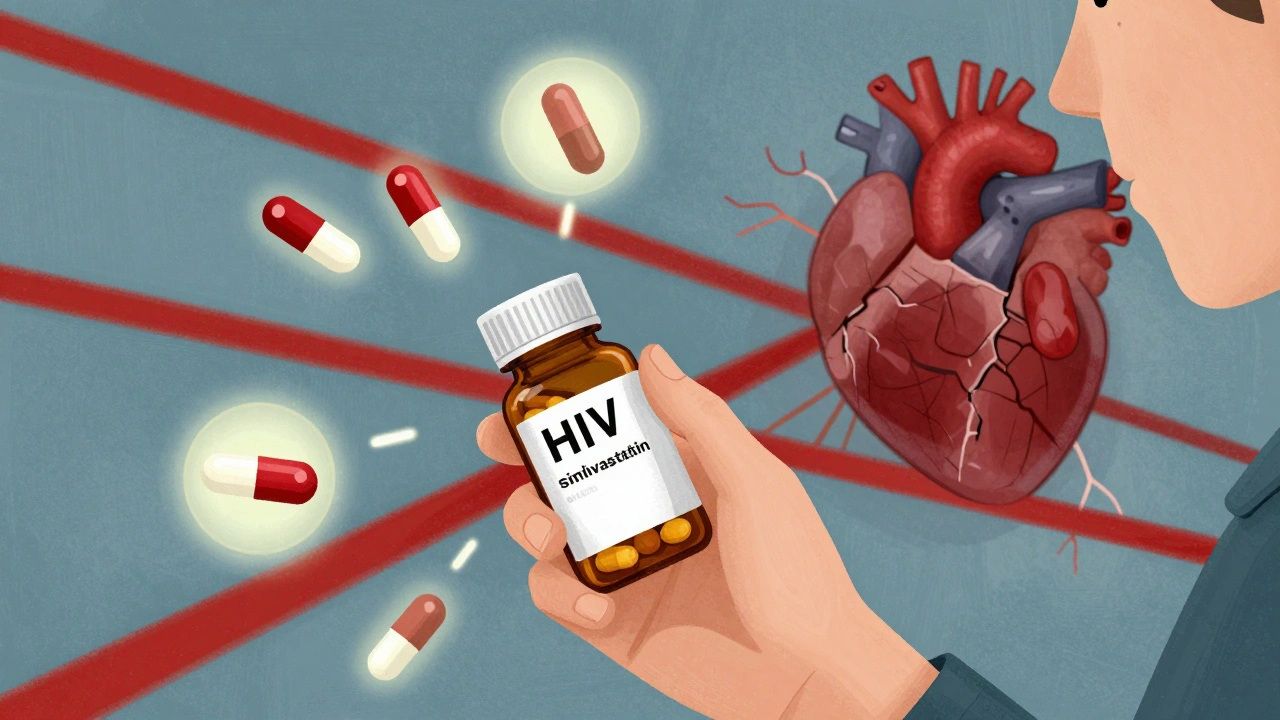
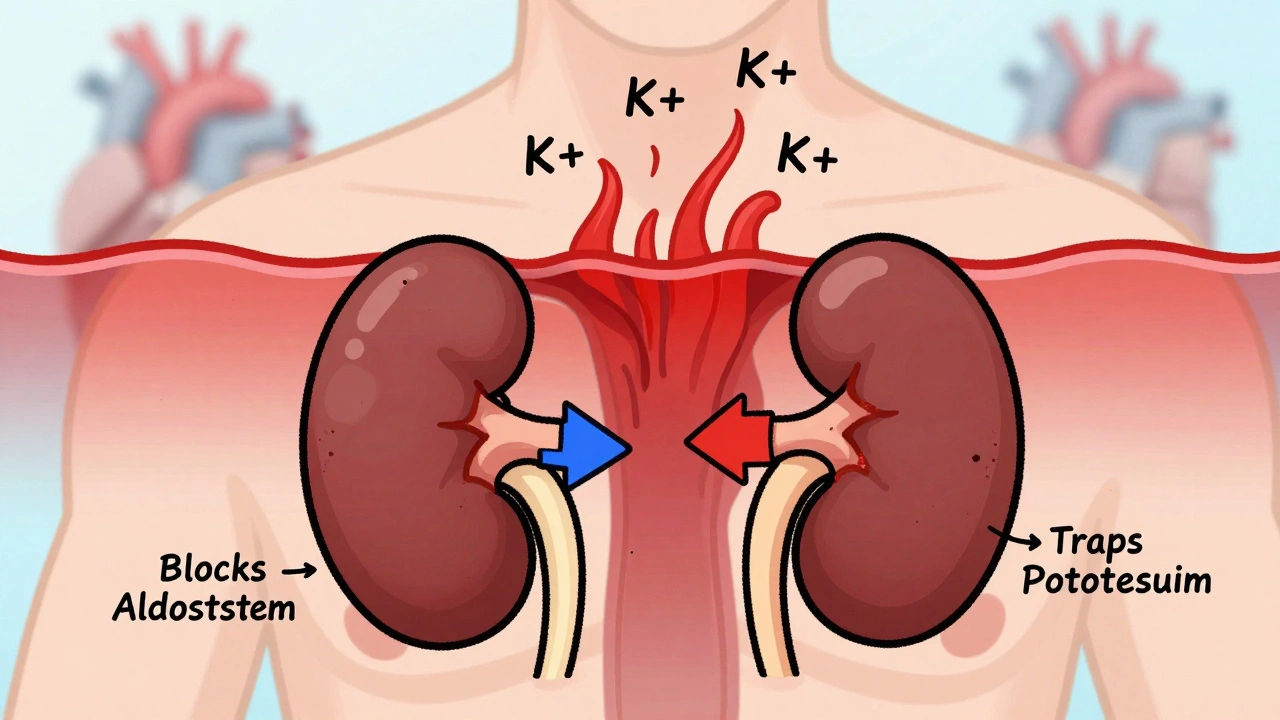
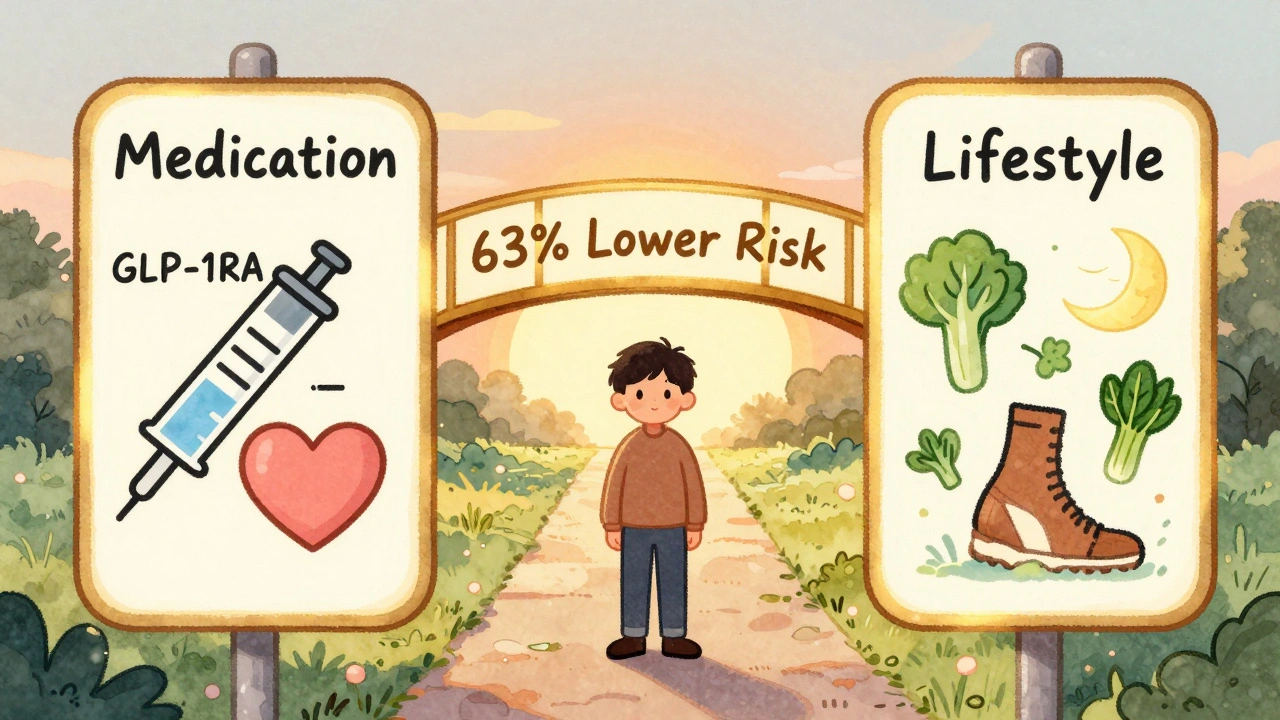
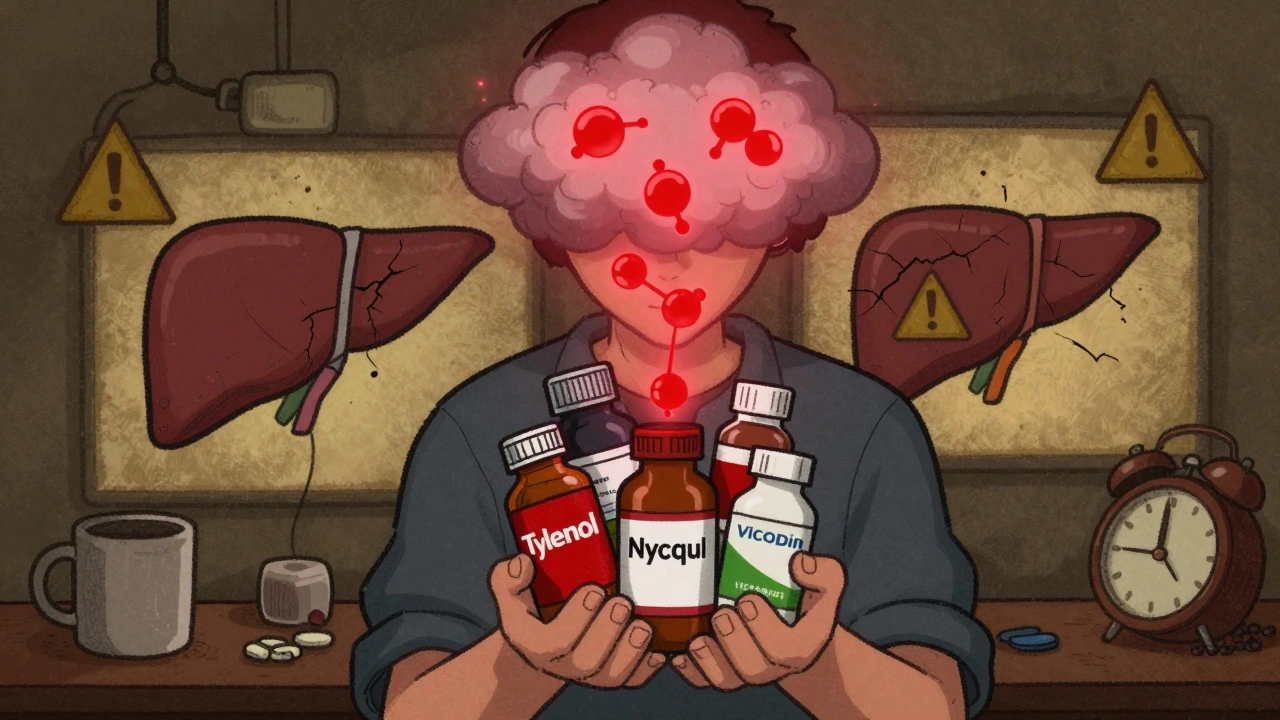
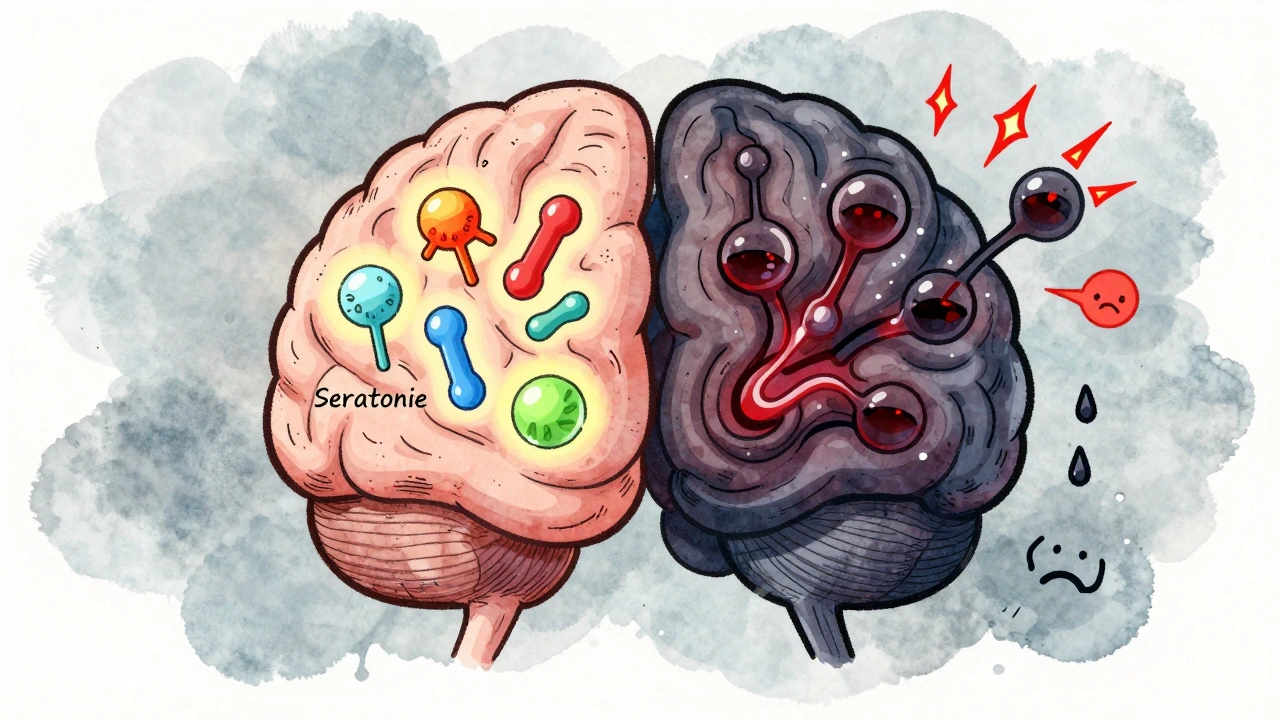
Levi Hobbs
November 18, 2025 AT 22:07I’ve been using MyChart for my blood pressure meds for two years now, and I swear by it. No more playing phone tag, no more voicemails lost in the void. I just type out my question, attach a pic of the bottle if needed, and boom - reply in under 48 hours. I even got my refill auto-approved last month. It’s like having a nurse on standby, but without the awkward small talk.
Pro tip: Always use ‘MEDICATION QUESTION - NON-URGENT’ in the subject line. I learned that the hard way after my refill request got buried under 17 other messages. Now I’m the guy who reminds everyone at the clinic to do it. It’s that simple.
henry mariono
November 20, 2025 AT 01:12Been using secure messaging since my last hospital stay. Honestly, I didn’t think I’d like it. But it’s quiet, efficient, and I don’t have to repeat myself. My doctor saw my full med list, knew I was on lisinopril, and didn’t ask me to spell it. That’s peace of mind.
Also, I never realized how many people still text their doctors on WhatsApp. That’s like sending your tax return through a postcard.
Sridhar Suvarna
November 21, 2025 AT 19:46As someone from India who has dealt with both public and private healthcare systems, I can say with certainty that secure messaging is a game-changer. In my country, we still rely on handwritten notes passed to nurses or calling clinics during office hours only. The idea that you can send a structured message with your meds listed and get a documented response? That’s futuristic.
And yes, the ‘NON-URGENT’ tag matters. In India, we don’t have that luxury - everything is urgent. But here, it works. Respect the system. It’s designed to save lives, not just time.
Joseph Peel
November 21, 2025 AT 23:49The structure of this post is impeccable. Every point is backed by data, every warning is grounded in legal reality, and every instruction is actionable. This is how healthcare communication should be taught - not as an afterthought, but as a core competency for patients and providers alike.
It’s also worth noting that the 37% reduction in medication errors isn’t just a statistic - it’s the difference between someone going home and someone ending up in the ICU because a nurse misheard ‘5 mg’ as ‘50 mg’ on a crackly phone line. Secure messaging isn’t a convenience. It’s a safeguard.
Kelsey Robertson
November 23, 2025 AT 20:36Okay, but let’s be real - this whole ‘secure messaging’ thing is just corporate propaganda wrapped in HIPAA glitter. Who says your provider’s portal isn’t just another data mine? You think Epic doesn’t sell your medication habits to pharma? You think your ‘private’ message isn’t being scanned by AI for upsell opportunities?
And don’t get me started on ‘auto-processes 68% of refills’ - that’s not efficiency, that’s corporate negligence. They’re outsourcing your care to a bot because they don’t want to pay a nurse. You’re not being helped - you’re being automated out of the system.
And why do we still call it ‘secure’? It’s not secure. It’s just less insecure than WhatsApp. That’s not a win - that’s a baseline.
Joseph Townsend
November 24, 2025 AT 16:05Bro. I sent a message asking if I could take melatonin with my antidepressant. Got a reply 14 hours later from a pharmacist who didn’t even know my name - just my MRN. She said ‘yes, but avoid grapefruit.’
Then I got a follow-up email from the system saying ‘Your message was helpful. Rate your experience.’
I rated it 5 stars. Then I cried. Not because it was perfect - because for the first time in 8 years of being sick, someone actually listened. No yelling. No waiting. No ‘hold for 27 minutes.’ Just… care.
And yeah, I attached a pic of the bottle. And the lot number. And the scribbled note from my cousin who said ‘this stuff’s sketch.’
They didn’t judge. They responded. That’s all I needed.
Elia DOnald Maluleke
November 25, 2025 AT 06:03Let me tell you something from the Eastern Cape: in our clinics, if you don’t show up in person, you don’t get your meds. No portal. No texting. No ‘secure messaging.’ We have to walk 12 kilometers to the nearest pharmacy, and if they’re out of stock - too bad.
So when I read this, I felt something I haven’t felt in a long time: hope.
Not because I’ll ever use it - but because someone, somewhere, is building a world where your health doesn’t depend on your zip code, your income, or your ability to take time off work. That’s revolutionary.
Keep writing this stuff. Someone needs to hear it.
satya pradeep
November 26, 2025 AT 11:09Man, I tried secure messaging last year after my dad had a bad reaction to a new med. We sent a message with all the details - name, dose, side effect, pic of bottle - and got a reply in 18 hours. The nurse even asked if we wanted to schedule a follow-up. That’s more attention than we got at the ER.
But here’s the thing - most people don’t know how to use it. My mom sent ‘help me with my pills’ and expected an instant reply. She got mad when it took 2 days.
So yeah, this guide is gold. Share it with your grandma. She deserves to not be ignored.
Prem Hungry
November 26, 2025 AT 20:17Dear friend, if you are reading this and have not yet activated secure messaging - please, do it today. Your life is not a game of telephone. Your medications are not a guessing contest. Your health is not something to be left to voicemail.
Take five minutes. Log in. Add your pills. Send one message. See what happens.
You will be surprised. You will be relieved. And you will never go back to calling the office again.
With warm regards,
Prem
Leslie Douglas-Churchwell
November 28, 2025 AT 12:16OMG I just realized - this whole ‘secure messaging’ thing is a trap. 🤯
Think about it: they want you to think you’re in control, but you’re just feeding them data. Every time you ask about your meds, you’re giving them a behavioral profile. They know you’re non-compliant with statins. They know you’re taking OTC sleep aids. They know you panic when you run out of Xanax.
And then? They sell that to insurers. Or worse - to Big Pharma. You think Updox auto-renewing your meds is convenient? Nah. It’s addiction engineering.
And don’t even get me started on the ‘NON-URGENT’ tag. That’s not a label - it’s a class system. The rich get instant care. The rest get a chatbot and a pat on the head. 🤖💔
Wake up. This isn’t healthcare. It’s surveillance with a side of aspirin.
shubham seth
November 29, 2025 AT 09:27Let’s cut the crap - secure messaging works because it shifts the burden of communication from doctors to patients. And that’s not a feature, it’s a fucking cost-cutting maneuver. You think they care about your ‘medication history’? No. They care that you filled out the damn form so they don’t have to answer your dumb question.
And the ‘auto-process 68% of refills’? That’s not innovation - that’s negligence dressed up in a UI. What happens when the bot messes up? Who gets sued? You? Or the hospital that outsourced it to a vendor in Bangalore?
Don’t be fooled. This isn’t progress. It’s austerity with a login screen.